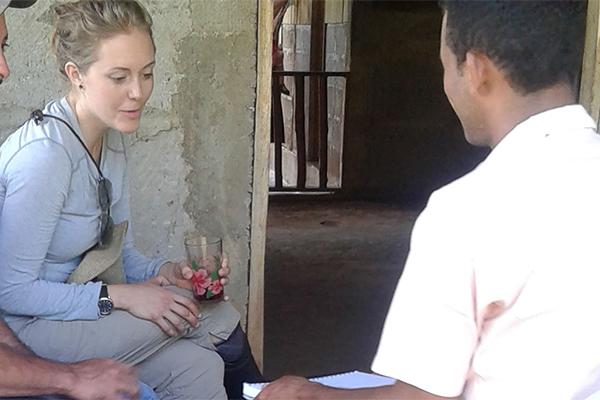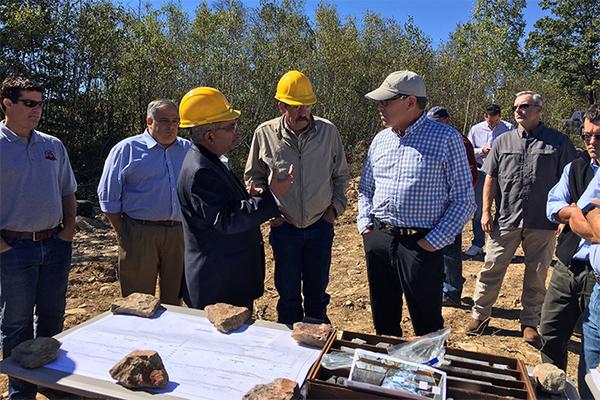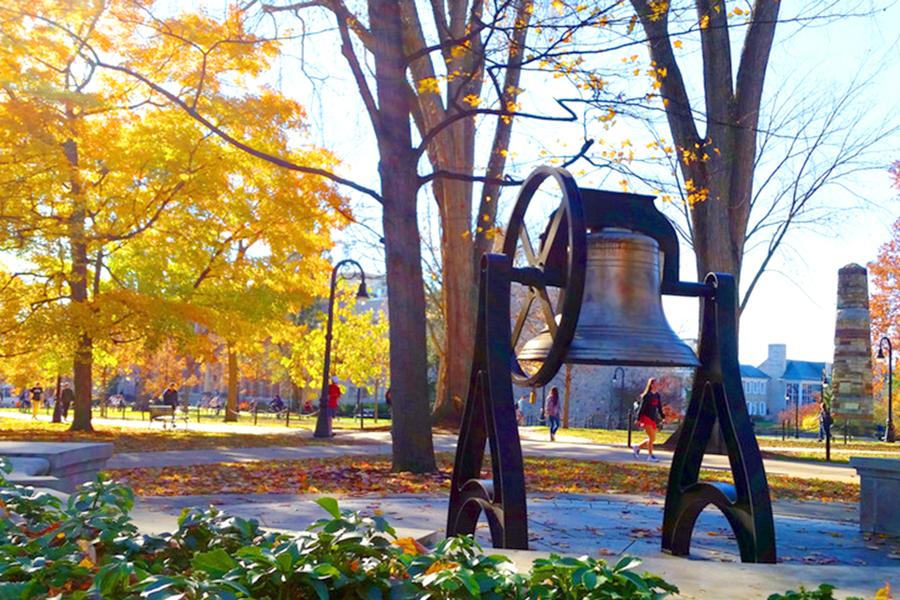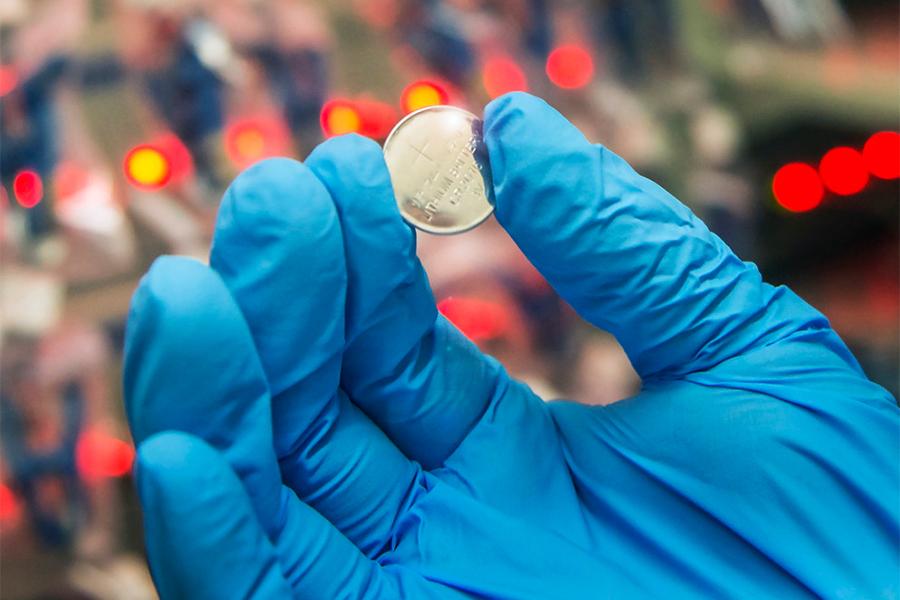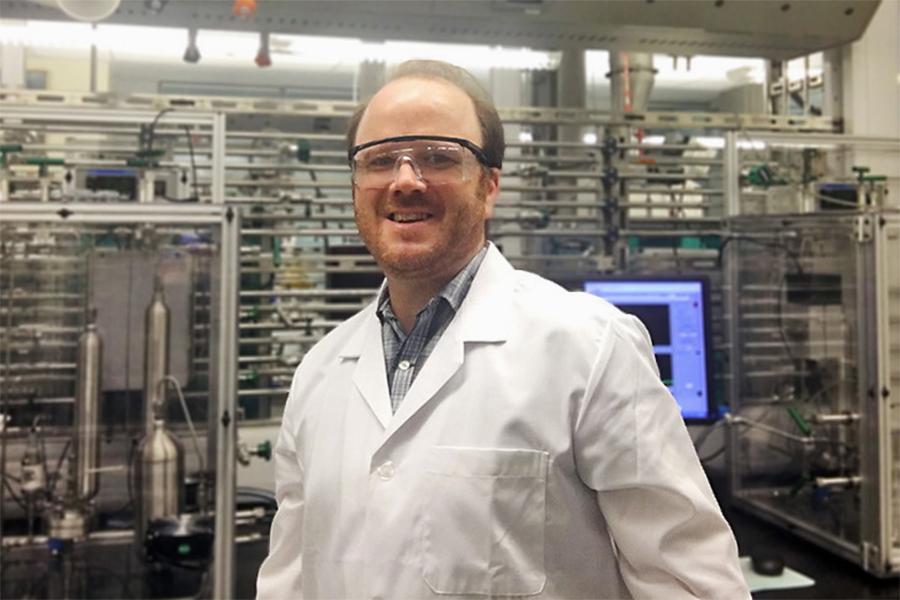Geography graduate student Megan Baumann has been spending the last few summers in Nicaragua learning from farmers how they manage their land and crops. As the recipient of a National Science Foundation Graduate Research Fellowship, she hopes to continue her research in this area.
U.S. Secretary of Energy Rick Perry highlighted the national importance of a new Penn State–industry collaboration during a recent visit to a Jeddo Coal Company mine in Ebervale, Pennsylvania. Along with Rep. Lou Barletta, of Pennsylvania's 11th district, Perry spoke at a press conference about the collaboration, which aims to extract rare resources from coal. The project is funded by the Department of Energy through the National Energy Technology Laboratory (NETL).
Mauro is the co-inventor of three iterations of Corning’s Gorilla Glass, a thin, durable, touch sensitive, cover glass that has been used in billions of cellphones, tablets and touch-screen devices worldwide. Mauro was one of multiple developers of an early iteration of Gorilla Glass, and dozens of other patented products, during his 18-year career at Corning before shifting this year to academia.
Xiaoxing Wang, an associate research professor in Penn State’s Earth and Mineral Sciences Energy Institute, received the Outstanding Young Researcher Award at the 15th International Conference on Carbon Dioxide Utilization, held July 17-21 in Shanghai, China.
University leaders are renewing their plea to Penn Staters and others, asking them to urge Pennsylvania legislators to release the University's state funds. Without critical state funding, Penn State would be forced to make "dramatic cuts and raise tuition, perhaps even for the upcoming spring semester."
We have come a long way from leaky sulfur-acid automobile batteries, but modern lithium batteries still have some down sides. Now a team of Penn State engineers have a different type of lithium sulfur battery that could be more efficient, less expensive and safer.
Penn State has announced the creation of a new center designed to bring together the University’s many strengths in all aspects of national, homeland and global security. The new Center for Security Research and Education (CSRE) incorporates 10 Penn State colleges, schools and research units to focus a broad range of academic endeavor on society’s most critical threats.
The Earth and Space Science Partnership (ESSP) is a program funded by the National Science Foundation designed to help Pennsylvania science teachers build upon their understanding and teaching of big ideas in Earth and space science. The $9 million initiative was aimed at reshaping the teaching and learning of Earth and space science in Pennsylvania.
As new co-director of Penn State's Center for Innovative Materials Processing through Direct Digital Deposition (CIMP-3D), Michael Hickner plans to use his background in polymer science and engineering to open new avenues of research.
"Managing Risk in a Changing Climate," a documentary produced by Penn State's public television station WPSU in partnership with the Network for Sustainable Climate Risk Management (SCRIM), focuses on Louisiana and New Orleans and their efforts to create a master plan for future events.


